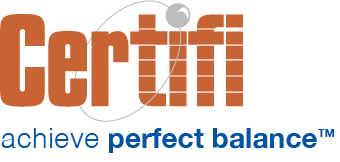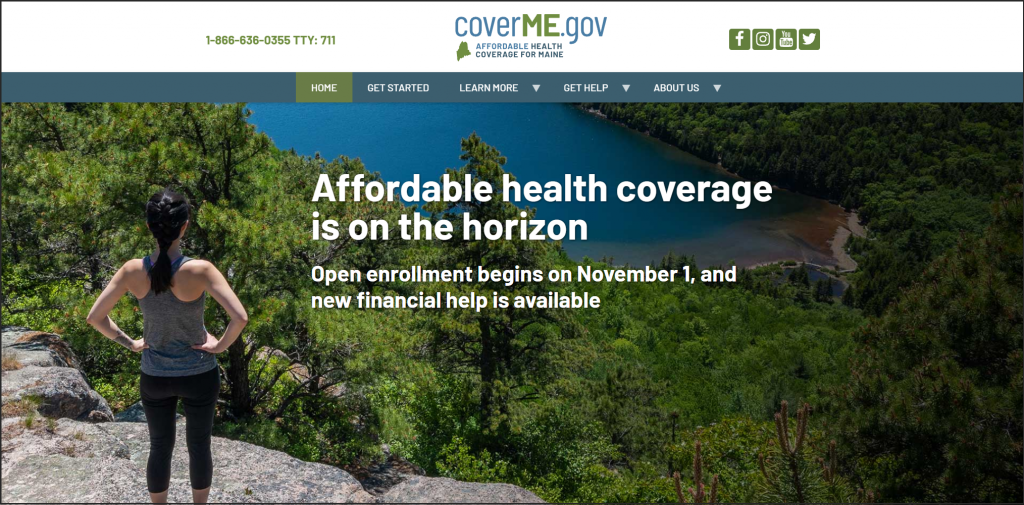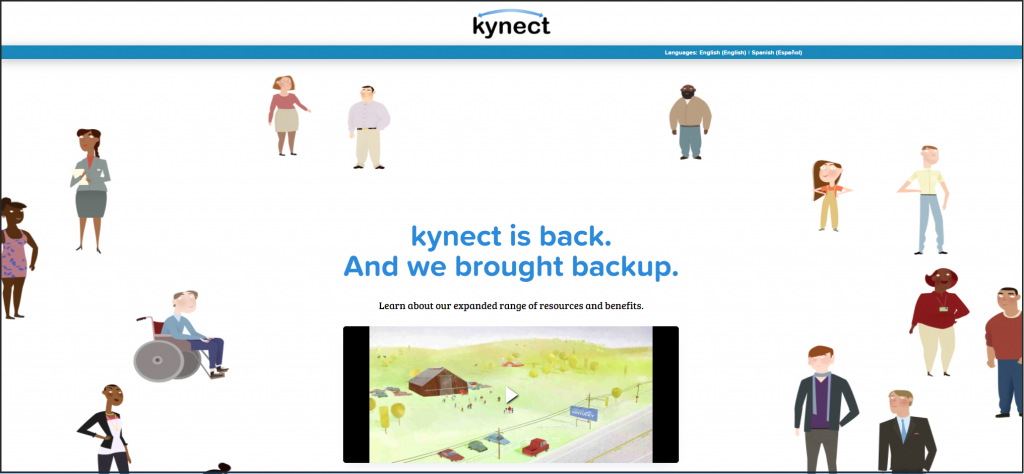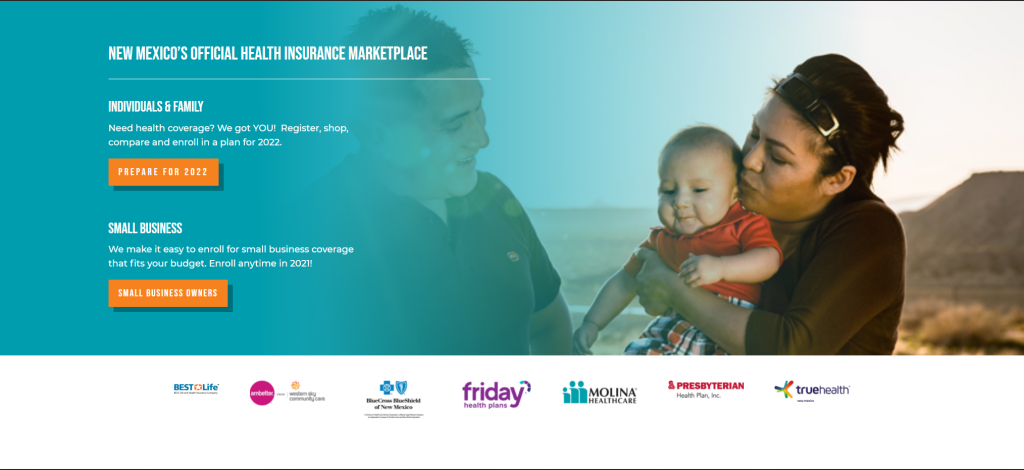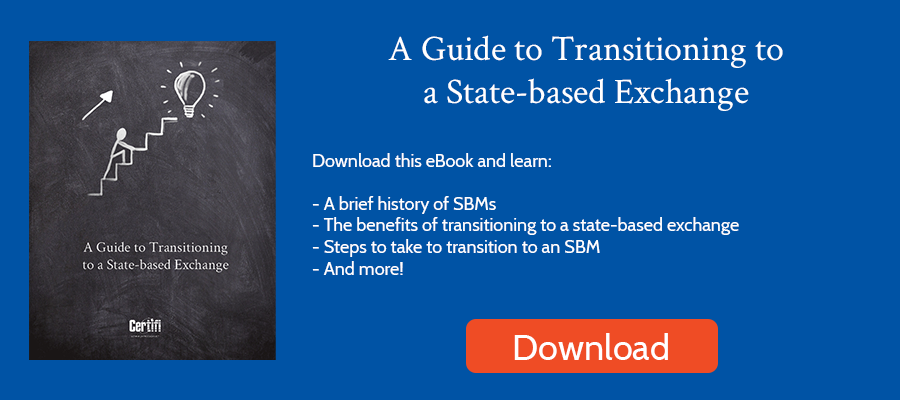After almost dying due to multiple Supreme Court challenges to the Affordable Care Act (ACA), the state-based health insurance exchanges seem to be having a renaissance. The American Rescue Plan Act’s new subsidies and a sixth-month-long COVID-19 Special Enrollment Period at the federal level and SEPs of varying lengths at the state-based exchange have buoyed the marketplaces. Want proof? Effectuated enrollment in the federal and state-based exchanges now stands at 12.2 million, a record high according to the Department of Health and Human Services (HHS).
Here’s a look at more state-based health insurance exchange developments for the 2022 plan year:
Maine Transitions to State-Based Health Insurance Marketplace
On March 18, 2020, Maine Governor Janet Mills signed The Made for Maine Health Coverage Act into law. The law began the transition from the federal Healthcare.gov to a new state-based exchange, now called CoverME. For 2021 enrollment, Maine began the transition by functioning under the hybrid model. They assumed responsibility for some functions — marketing, outreach, and consumer assistance – while leveraging the federal enrollment site. This fall, Maine will transition to its enrollment site, CoverME.gov.
Among the reasons cited by the state for the transition to a state-based exchange:
- More tools to improve the customer experience
- The ability to schedule a longer open enrollment period
- Better plan comparison tools
- The ability to create state-specific policies to grow enrollment
- Tighter integrations with Maine’s Medicaid program, MaineCare for enrollment/eligibility
To manage the exchange, Maine created a new Office of the Health Insurance Marketplace within the state’s Department of Health and Human Services. Maine has partnered with IdeaCrew for the eligibility and enrollment platform and with Maximus for call center and other consumer assistance services.
In early October of 2021, Maine earned final approval for the state-based exchange. As a result, Maine’s open enrollment period begins on Nov. 1, 2021, and extends until Jan. 15, 2022. Residents were able to start viewing plans on the new state-based exchange website beginning in mid-October.
You can learn more at https://www.coverme.gov/learn-more.
Kentucky Transitions Back to Its State-based Exchange, kynect
Kentucky has taken a unique path to a state-based exchange. Created by executive order in 2012, Kentucky’s health insurance exchange, kynect, was one of the more successful early state-based exchanges. High enrollment and polling showed residents were familiar with the exchange. Unlike other state-based exchanges and the federal healthcare.gov site, kynect experienced few technical issues and ran relatively issue-free from the beginning.
Kynect was also one of the few exchanges created by executive order. As a result, a change in governor made it easy to dismantle. By 2017 Kentucky was back to using the federal Healthcare.gov system. Another governor change resulted in Kentucky’s decision to turn kynect.com back on, which new Governor Andy Beshear communicated to the Centers for Medicare and Medicaid Services in June of 2020. The governor expected the transition to not only save the state millions of dollars each year but also enable the state to better tailor health plans to the state’s residents.
Kentucky’s transition back to a state-based exchange will occur this fall. Residents could begin logging in to review plans on October 15, 2021, with open enrollment scheduled from Nov. 1, 2021, to Jan. 15, 2022.
New Mexico Transitions Fully to a State-Based Exchange
New Mexico has also taken a unique, circuitous path to becoming a full state-based health insurance exchange. That transition occurs this fall. In fact, in 2013 New Mexico’s SB221 created the necessary legislation for a state exchange. However, the state was unable to implement an individual enrollment platform. As a result, the state leveraged the federal healthcare.gov site. It was categorized as a state-based exchange using the federal enrollment platform.
In 2019, the state decided to transition to a fully state-run exchange, including leveraging its enrollment platform for individuals. Later, that plan was delayed a year. New Mexico’s state-based health insurance enrollment site, beWellnm, will offer enrollment beginning in the fall of 2021 for the 2022 plan year.
Cost-savings were one of the driving factors in the move to a fully state-based exchange. The state was paying more than $5 million per year in federal platform user fees. Though the implementation fees for building the state’s technology were substantial, ongoing costs will also be substantially less once the transition is live. The state also gains more administrative flexibility.
The state’s open enrollment period on the new beWellnm.com site will occur from Nov. 1, 2021, to Jan. 15, 2022.
New Hampshire SBM Policy Brief
With Maine’s transition to a state-based exchange, New Hampshire now is the only state in New England without a state-based exchange. Senate Bill 121 directed the state’s insurance department to study the feasibility of implementing an exchange. As a result, the insurance department produced a brief that examines states that have transitioned to state-based exchanges, their cost savings, and other benefits. However, to date, New Hampshire hasn’t decided to move from its current status as a federal cooperative state to a fully state-based exchange.
Virginia Plans to Transition to a State-based Health Insurance Exchange by 2023
Virginia’s SB732, passed in April of 2020, set the state down the path toward becoming a state-based exchange by January 1, 2023. The state had operated as a state-run exchange that used the federal healthcare.gov enrollment platform.
According to recent meeting notes, they’ve begun the process of identifying technology solutions and building a team to manage the state-based exchange.
Certifi helps private and public health insurance exchanges improve enrollment and build a better member experience with health insurance exchange consolidated billing and payment solutions.
